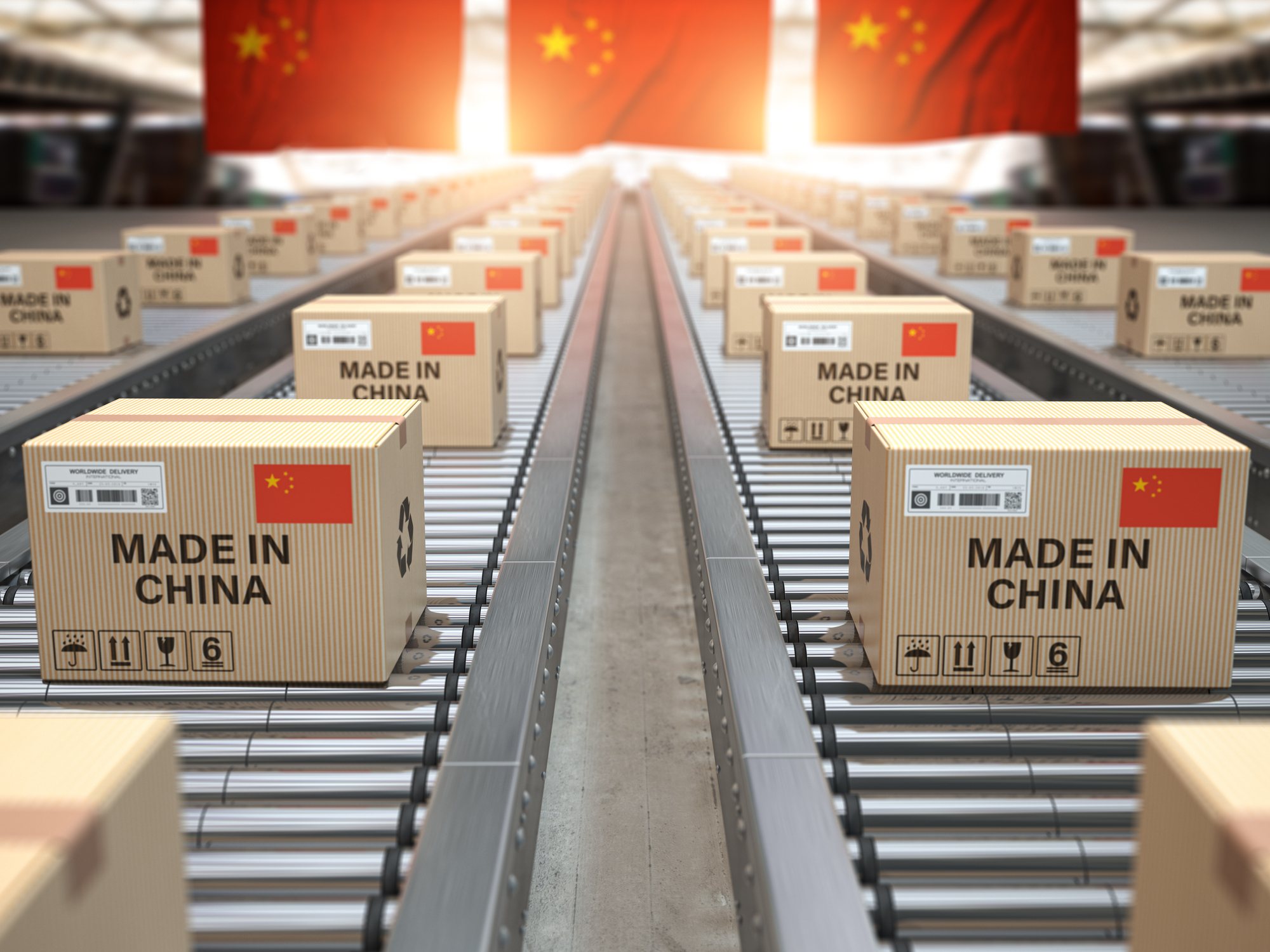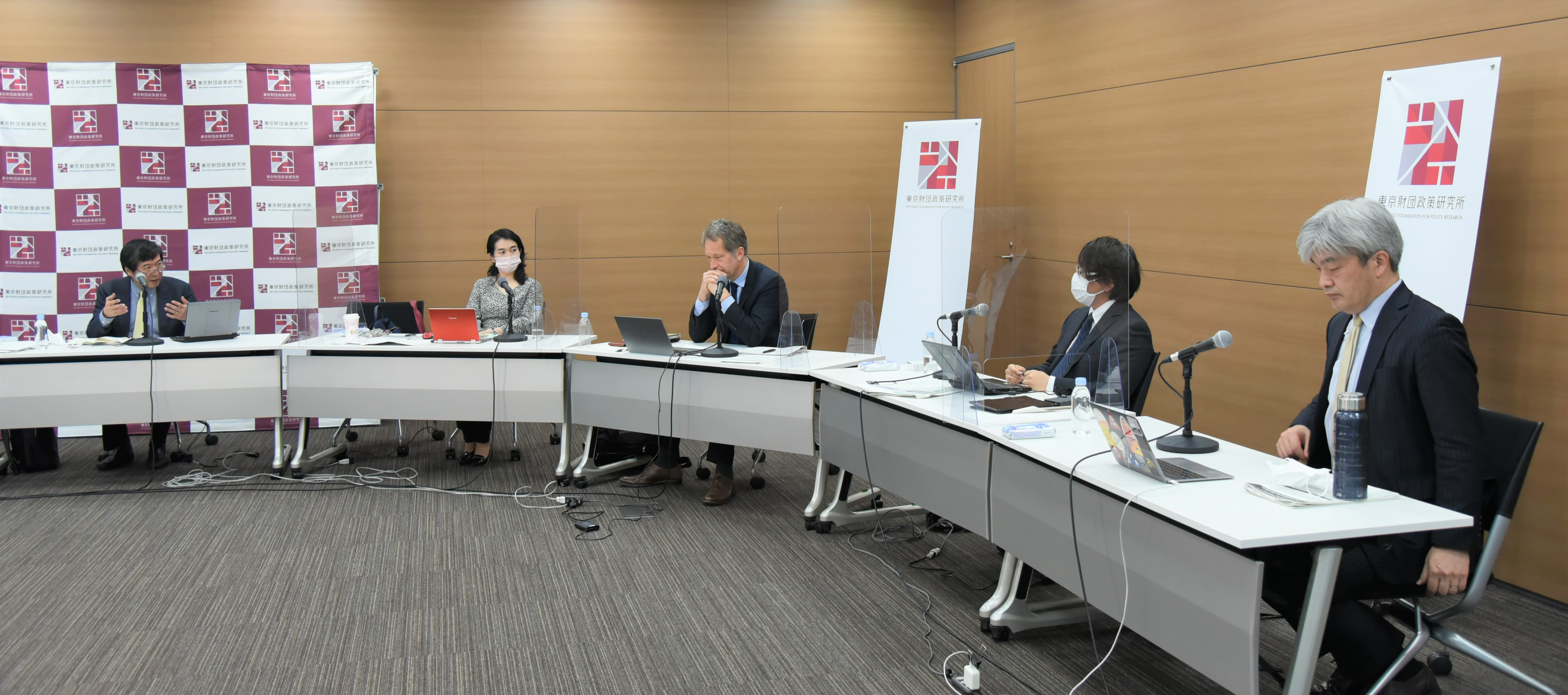
Drawbacks to an “All Japan” Approach to Innovation Policy
April 4, 2022
R-2021-057E
Having access to a full spectrum of Japan’s R&D resources would seem to be an excellent way of tackling the great challenges we face in society today. But can an “All-Japan” approach really promote innovation and improve the country’s competitiveness?
* * *
Many countries have recently been turning enthusiastically to policies aimed at driving innovation through advances in science and technology.[1] Notable from the viewpoint of sci-tech policy are large-scale, cross-disciplinary R&D programs called mission-oriented innovation policies (MOIPs), whose goals are to address social problems through the development of new, commercially viable solutions.[2] MOIPs are usually carried out on a large scale and are often associated with the notion of nationwide, unified efforts of relevant actors including the government, industry, and academia. Particularly in the Japanese innovation policy context, both government and industry often emphasize nationwide collaboration, namely an “All Japan” approach. But is this compatible with the existing structure of modern industry? In the following, I will examine why an all-inclusive effort to advance innovation under the “All Japan” banner may not necessarily be a good idea.
The advantages of creating an “All Japan” framework have often been emphasized in drawing up national innovation strategies and in implementing the research and development programs under such strategies. For example, the Japan Agency for Medical Research and Development purports to promote an All-Japan approach to the development of new drugs and medical equipment, while the Council for Science, Technology, and Innovation, established within the Cabinet Office, defines its mission as formulating a strategy to promote innovation under an all-Japan and global R&D framework.
The concept is used across the board in Japan. The Strategic Innovation Promotion Program and the Moonshot Research and Development Program—perhaps the best-known MOIPs—may not actually use the term “All Japan” in their official documents, but this is how the initiatives are described in the media and in the press releases by organizations taking part in these programs.
On an intuitive level, having access to a full spectrum of Japan’s diverse industries and their R&D resources would seem to be an excellent way of tackling and resolving the great challenges we face in society today. However, a recent OECD report on MOIPs has pointed out problems with the model, including considerable coordination costs.[3] Below is an elucidation of how such costs occur and where they are particularly pronounced from the perspective of my field of specialization, technology management.
Revenue Models in Production “Ecosystems”
Over the past few decades, the intellectual property strategies of many businesses have become central to their management strategies, prompted by the evolution of product-service systems in line with the growing division of labor among multiple companies, research institutes, and even their users. In the past, a division of labor carried the risk of having a partner act opportunistically and sabotage the cooperative relationship. But when a company’s intellectual property strategy is fully embedded into its management strategy, intellectual property rights and mutually binding contracts can help prevent such behavior. Networks of sustainable and mutually reinforcing relationships have come to be known as “ecosystems.”[4]
The important thing to note is that an ecosystem is not hierarchical, with smaller subcontractors having to answer to the whims of a dominant company. Instead, each company carries out its activities within its own area of strength. This can speed up the pace with which goods and services permeate a market and generate high profits.
The goods and services produced in such ecosystems often have “layers” of low-priced components and services to induce market demand,[5] enabling businesses adjacent to such layers to generate profits under a range of revenue models. Examples of such revenue models for the smartphone ecosystem would include the following:
— Generate profits from the sale of smartphone devices (phone makers like Sharp, Oppo)
— Generate profits from smartphone call charges after encouraging sales of low-cost devices (telecommunication operators like NTT Docomo)
— Generate profits from essential smartphone components after encouraging the spread of smartphones through lower prices for both devices and call charges (component makers like Qualcomm)
— Generate profits from apps and advertising revenue after encouraging the spread of smartphones through lower prices for both devices and call charges (service providers like Facebook)
— Generate profits through commissions on third-party apps after encouraging the spread of smartphones through the provision of a low-cost operating system and lower prices for both devices and call charges (operating system vendors like Google, Apple)
In this ecosystem, the key is partnering with a company that can provide a relatively low-cost “layer.” This does not always mean securing access to production plants in a developing country with cheap labor. There are cases like Google’s energy management system,[6] which utilizes advanced technology to deliver superior, cost-efficient solutions in the provision of components and services.
The Costs of an “All Japan” Approach
Problems emerge when the interests of companies in one layer conflict with those in another, as when one group of companies seek lower costs for goods and services that happen to be a source of profit for others. As the smartphone example demonstrates, rarely do the interests of phone manufacturers, telecommunication operators, component makers, and app and other software developers coincide.
Further complicating the situation are companies with interests spread across multiple layers. In the above smartphone ecosystem, Apple offers both iPhones and the iOS operating system, Google similarly markets smartphone devices, the Android operating system, as well as various apps, while Samsung and Sony manufacture both smartphones and the components that go into them. Coordinating competing interests can be a huge challenge in such an environment, so businesses in the smartphone industry have increasingly taken to protecting themselves using patents and other intellectual property rights over the past decade or so.
What would embracing an All-Japan approach in such a context actually entail? There are two possible scenarios, depending on what we take “All Japan” to mean.
If we interpret it to mean that most or all facets of a product-service system are to be provided by Japanese companies (“self-sufficiency” scenario), one of two possible situations will arise, neither of them positive. Either the interests of the companies involved will clash in aiming to achieve international competitiveness or else the effort will remain uncompetitive, as the measures necessary to drive down the costs of certain layers remain insufficient. An All-Japan approach to creating such a product-service system would thus best be avoided.
If, on the other hand, All-Japan is taken to mean prioritizing those layers in which Japan enjoys a competitive advantage while keeping other layers as affordable as possible (“prioritizing strategic advantage” scenario), there will inevitably be companies operating in nonpriority areas that will feel shortchanged. Should the national government take the lead in coordinating such a decision, this could be regarded as government intervention, raising questions about legitimacy and desirability. If it is orchestrated by industry, it could mean simultaneously advancing projects with conflicting goals.
While the strategic advantage scenario may not cause competitiveness problems, questions will remain regarding whether to make MOIP investments in competing projects or to choose the most promising among them. Again, if a choice is to be made, legitimacy issues could surface, while proceeding with multiple projects is likely to be later criticized as having been wasteful.
In recent years, investments in innovation have generally embraced a portfolio approach on the assumption that it is difficult to predict which projects will eventually succeed.[7] A look at Japan’ MOIP track record suggests, however, that investments have been limited to just one project per given field. If this stems from an attempt to sidestep public criticism on the uses of public money or what may appear in hindsight to be wasteful spending, then there is need to reexamine such a mindset.
Caveats
I would emphasize that the arguments presented above apply only to complex product-service systems like medical equipment, telecommunication systems, autonomous vehicles, and semiconductors, not to such items as chemicals and pharmaceuticals. Even for complex systems, though, there would be little danger of advancing conflicting projects were Japan not especially competitive in most of the relevant layers. Then, of course, there would be little point in undertaking such projects either.
[1] Although presented somewhat negatively as the “new interventionism,” the January 15, 2022, issue of the Economist, for example, describes how governments in both developed and middle-income countries are seeking to promote innovation through their industrial policies.
[2] Organization for Economic Cooperation and Development, The Design and Implementation of Mission-Oriented Innovation Policies: A New Systemic Policy Approach to Address Societal Challenges, OECD Science, Technology, and Industry Policy Papers, No.100.
[3] Op. cit., p. 87.
[4] Hirofumi Tatsumoto, Purattofomu kigyo no gurobaru senryaku: Ōpun hyojun no senryakuteki katsuyo to bijinesu ekoshisutemu (The Global Strategies of Platform Companies: Strategic Use of Open Standards and Business Ecosystems), Yuhikaku, 2017.
[5] The classic example is when standardization encourages a variety of companies to join a field or market. The tactical use of intellectual property rights in this context to maintain profitability is known as an “open and closed” strategy. For details, see Opun & Kurozu senryaku: Nihon kigyo saiko no joken (Open & Closed Strategy: The Conditions for Reviving Japanese Companies), revised and expanded edition, Shoeisha, 2015. It is important to bear in mind that standardization should not be used as a means of policy. The dangers of this have been highlighted by Manabu Eto, Hyojunka bijinesu senryaku taizen (Complete Guide to Standardization Business Strategy) Nippon Keizai Shimbun Shuppan, 2021.
[6] Keisuke Nishida, Google o sasaeru gijutsu: Kyodai shisutemu no uchigawa no sekai (The Technology Supporting Google: The World Inside Giant Systems) Gijutsu Hyoronsha, 2008.
[7] For a study on the effectiveness of this, see Ronald Klingebiel and Christian Rammer, “Resource Allocation Strategy for Innovation Portfolio Management,” Strategic Management Journal, 2014, 35(2): 246–68.
















